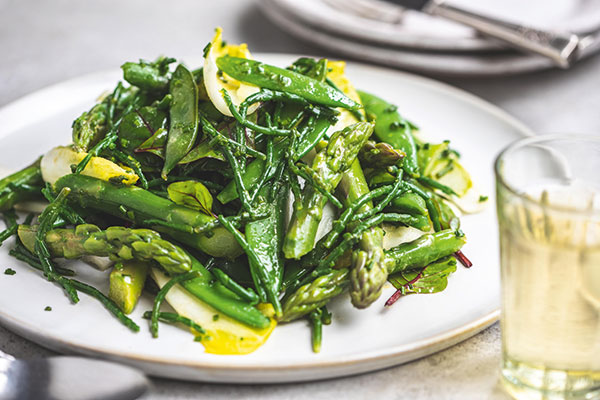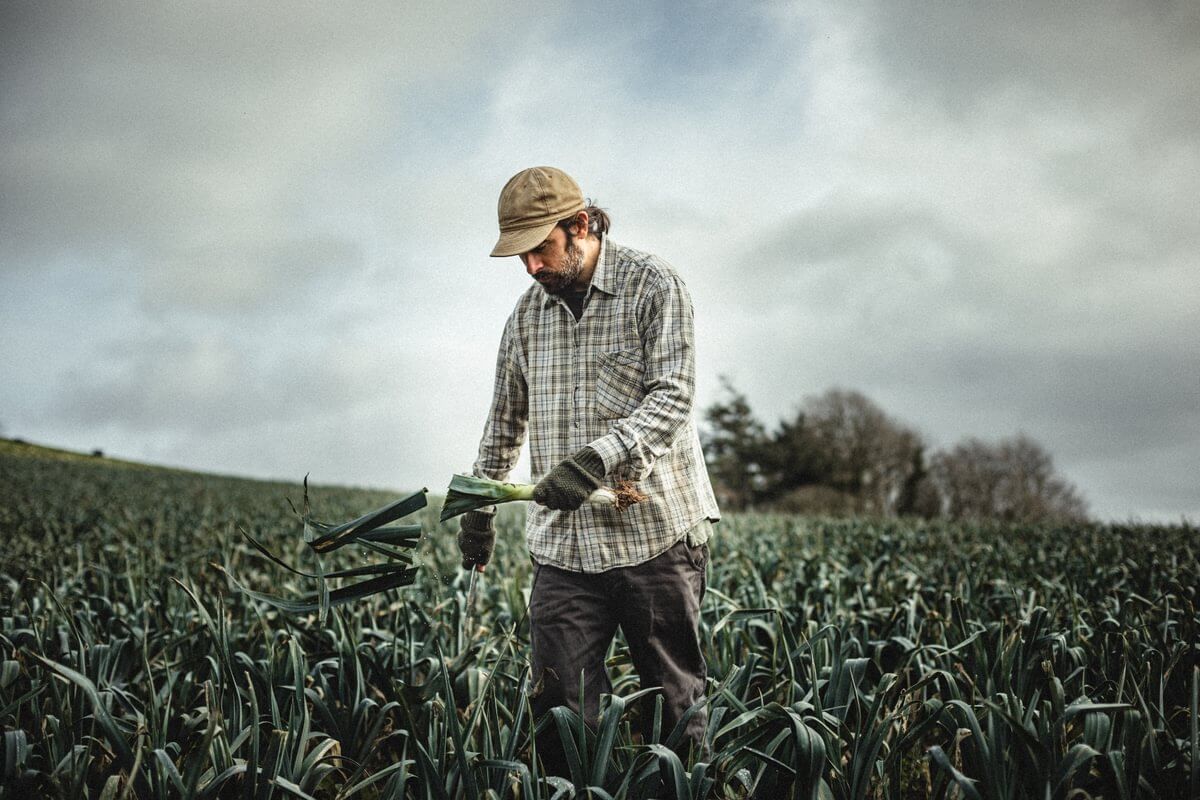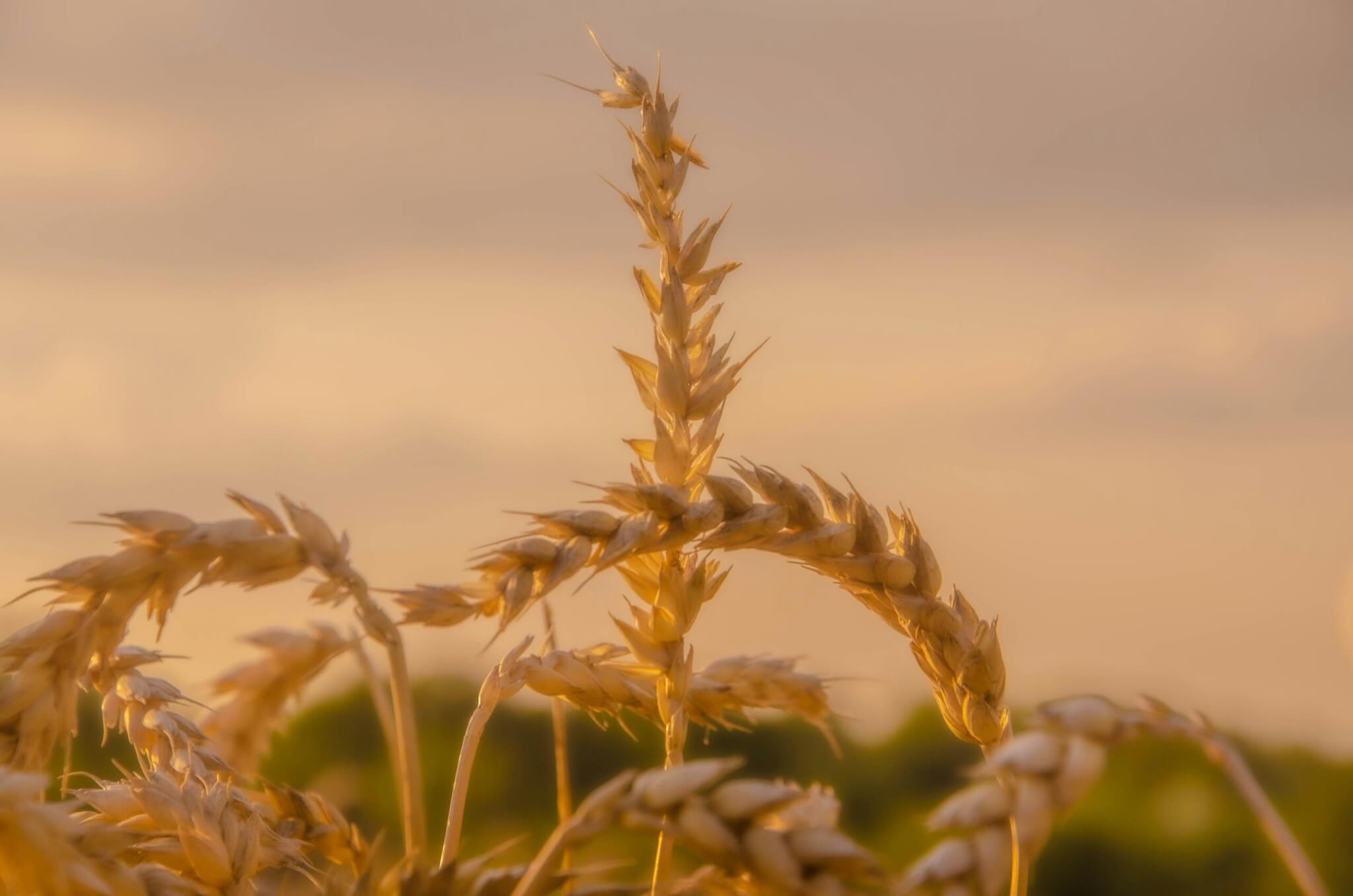The grassroots local-seasonal food movement (revived in the 90s and early 2000s by chefs such as Fergus Henderson, Hugh Fearnley-Whittingstall and Skye Gyngell), created a foundation for what the food sustainability movement has become today.
But what do local and seasonal mean? To our head chef, Ian Clark at Poco in Bristol, it means sourcing as much fresh produce as possible from within 50 miles of the restaurant. To most, ‘seasonal food’ means ingredients stamped with a Union Jack, grown in the UK. However, this loose definition, importantly, misses out how the produce was grown.
In my cookbook, Eating for Pleasure, People & Planet, I published my manifesto for a sustainable diet. “Eat local-seasonal food” is part of my manifesto, and I believe a local-seasonal veg box is the keystone to any sustainable diet. In my book, I define ‘seasonal food’ as: “produce grown locally – or within a certain radius – without extensive external inputs, such as heated greenhouses, special storage like gas-regulated refrigeration, or hydroponics.”
For example, apples are available all year round because they are stored in temperature and humidity-controlled, oxygenless rooms. These storage processes are important to preserve seasonal bounty and prevent waste, and imported foods are important for our food security, but they come with an environmental cost.
We have a complex, global food system that feeds the world through symbiotic geopolitical relationships. But our dependence on these foods depletes our food sovereignty, and certainly blurs the lines of seasonality.

It’s important to keep our eyes open; local-seasonal food can be more environmentally damaging than imported produce if it’s grown with excessive energy, fertilisers and pesticides. I learnt from Riverford founder Guy Singh-Watson that local isn’t always best; tomatoes grown in an artificially heated greenhouse in the UK can produce anywhere between two-10 times as much carbon as sun-ripened tomatoes transported from Spain by road.
Personally, unless I’ve got a huge craving for fresh tomatoes, I opt out and wait for the natural UK season to start in June or July. During autumn, winter and spring, I’m happy eating canned or preserved tomatoes. Then when summer comes around, the joy of eating a locally grown tomato is nothing short of orgasmic.
‘Seasonality’ is a transitory term that means different things to different people, and brings up the question: does seasonal food have borders? Should a country’s borders determine a food as seasonal? Perhaps a food’s seasonality should be defined by its locality in combination with climate and/or bioregion; natural, environmental characteristics, rather than manmade divisions. For example, Brittany is as close to Devon as the Midlands, and shares a similar climate, flora and fauna, unlike Scotland which might be several degrees colder.
I’m neither an academic nor a scientist, so I like and respect the ephemeral and perhaps sometimes contradictory nature of the term seasonality.
Local-seasonal food, to me, means buying, cooking, and eating produce that is at its best. Ripe produce that is at its peak, in flavour and texture. Eating seasonally intertwines our eating habits with the rhythms of nature and inspires us to explore the full diversity of ingredients a farm has to offer, increasing the number of plant species we consume.
This column was originally published in the spring print edition of Wicked Leeks. You can read the full magazine for free on Issuu.















1 Comments